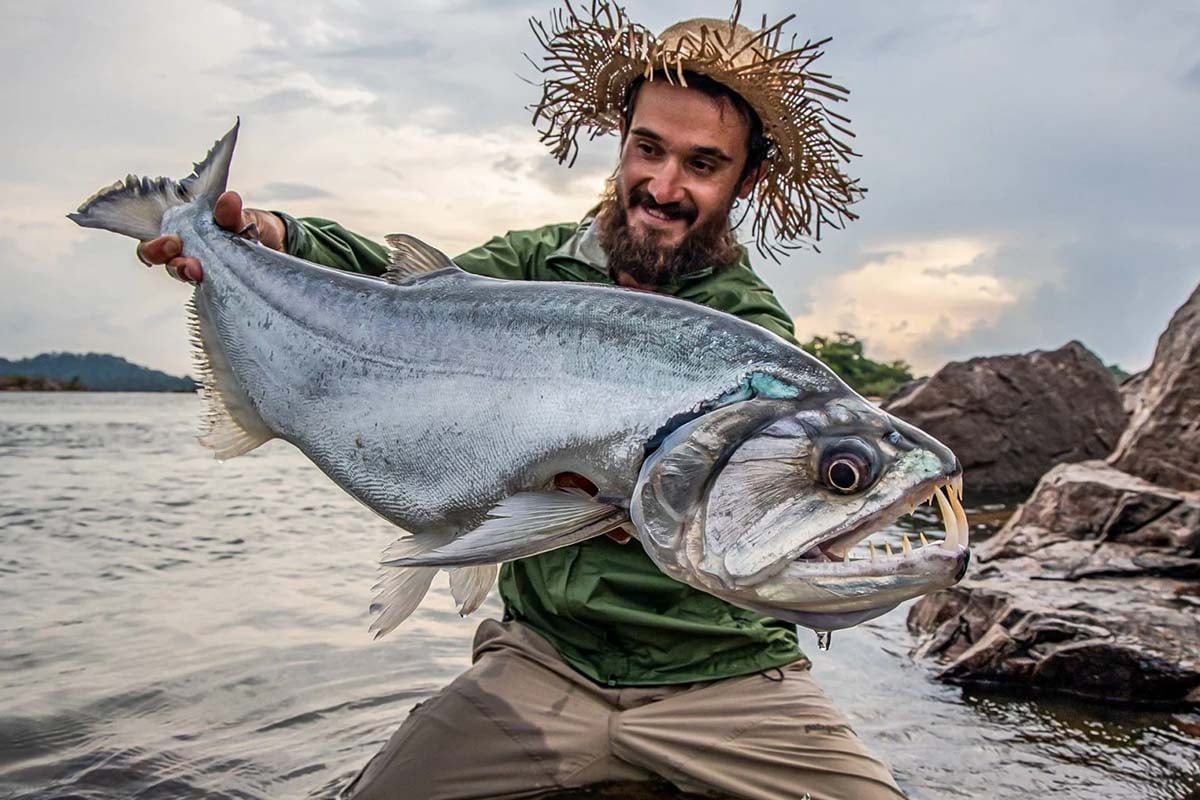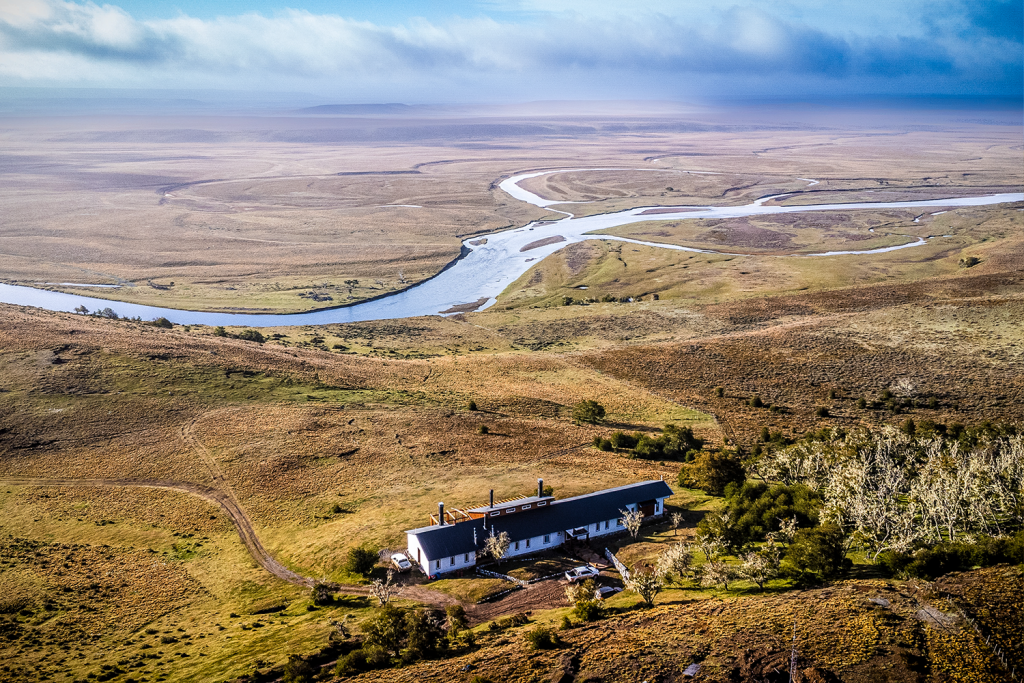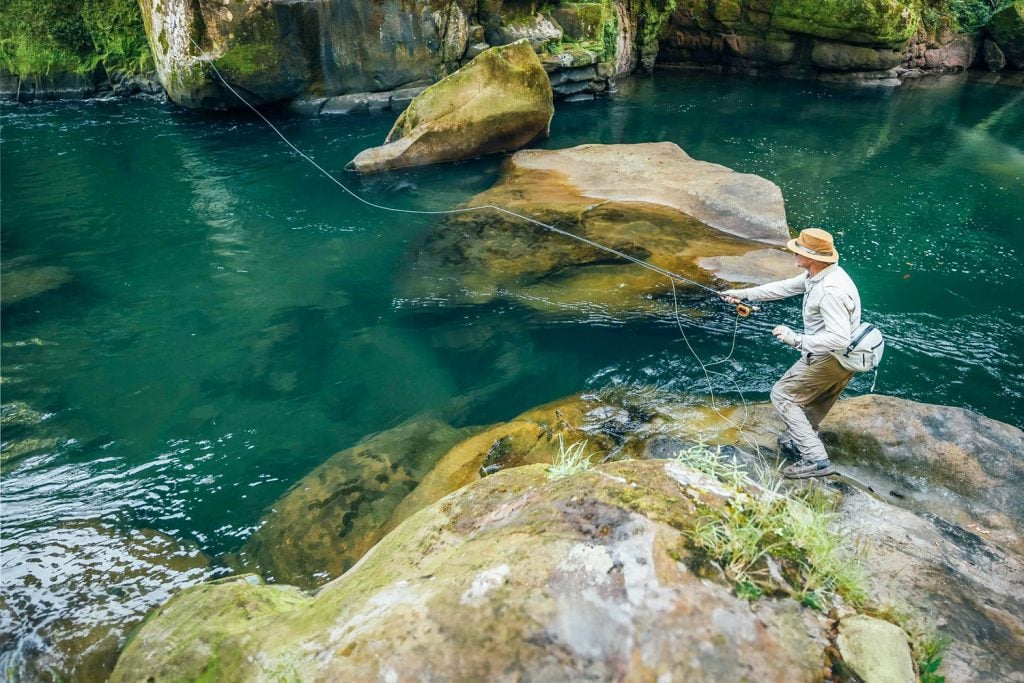Species: Payara
Scientific Name: Hydrolycus Scomberoides
Also known as: Vampire Fish, Saber Tooth Barracuda, Vampire Tetra or Saber Tusk Barracuda.
DESCRIPTION
The Payara is a predatory species of Dogtooth Tetra, featuring an elongated body with silvery grey scales, streamlined for power and built for speed. Its fins are generally light in colour, with dark shading around the tips of its tail and pectoral fins. A bony face sneakily conceals its gills, and its upturned mouth is home to a remarkable set of orthodonture, with two six-inch-long fangs protruding from an undershot jaw. It has many alias names, although the most common is the ‘Vampire Fish’, and despite not sucking the blood of its prey, it’s a veracious predator feared throughout its ecosystem.
The fish have an average life span of between 6 and 12 years, but little is known about its age of sexual maturity or its reproductive cycle. All that’s really known is the fish can be migratory spawners and have the ability to vibrate their swim bladder to communicate to a potential mate or to warn others of possible dangers.
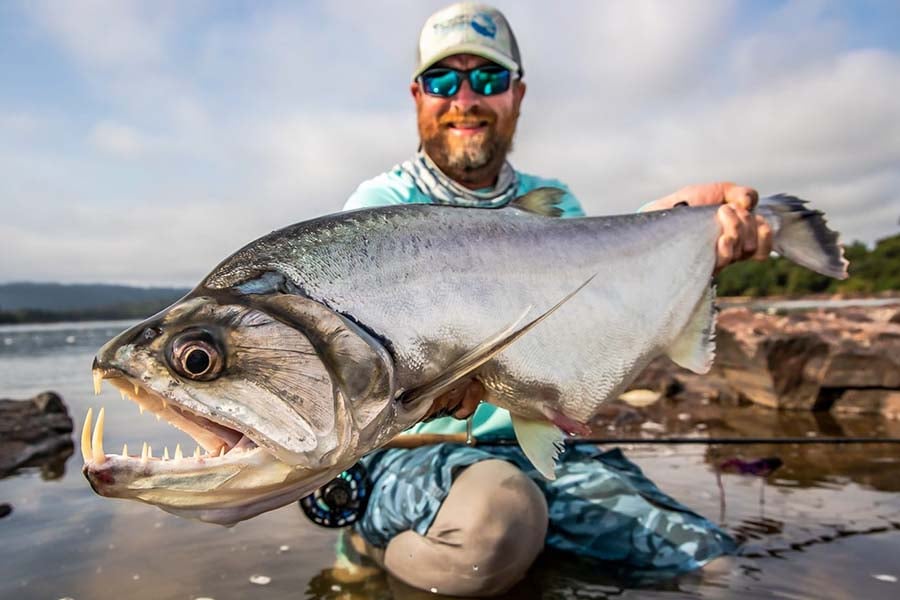

Where To Catch Payara
The Payara inhabit the waters of the Amazon Basin in tropical South America, with Brazil featuring the most significant fish populations. But they also get found in Bolivia, Colombia, Ecuador, Guyana, Peru, Suriname, and even as far north as Venezuela.
As a species, they like fast-moving water, and their fan-shaped caudal fins help them swim in the choppy currents and rapids associated with the Amazonian rivers they inhabit. As a result, they populate the bottom of dams, waterfalls, rapids, and almost anywhere where there is motion and activity. They are often found in loose groups and feed on smaller fish, which get pierced and then aggressively shredded to pieces with their knife-like fangs. They are unafraid of hunting larger prey, and studies have shown they can surprisingly devour up to 50% of their own body weight.
They are regarded by many as the hardest-hitting and strongest fighting pound-for-pound fish in the Amazon Basin and South America; famed for their highly aggressive behaviour and savage nature, they are a true jungle predator.
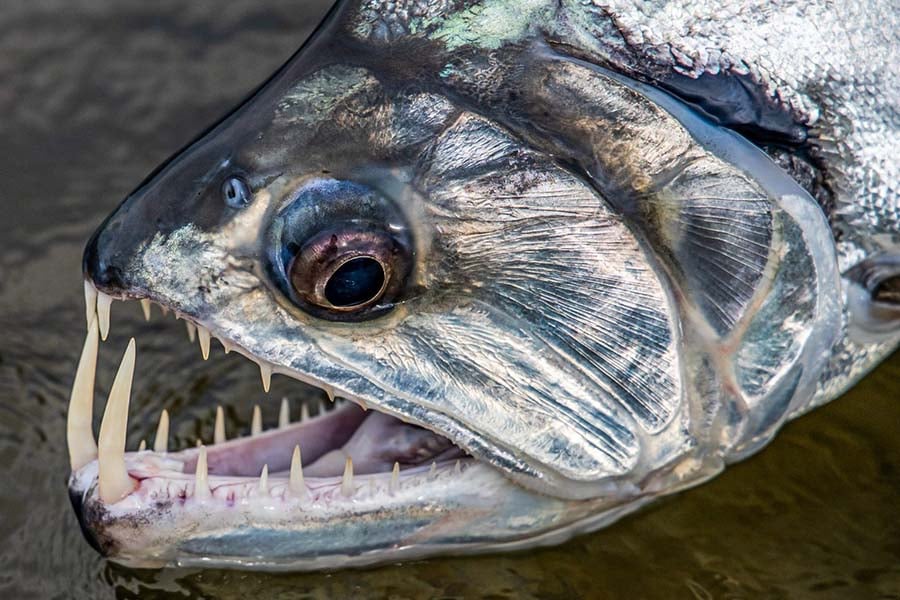

Average Size Of Payara
Payara can grow between 1.5ft to 3.5ft in length and average between 5lb and 20lb in weight. However, according to the International Game Fish Association (IGFA), the record for the biggest Payara caught was a specimen landed in Venezuela in 1996. It measured 3.5ft and weighed 39.4lb.
How To Catch Payara
For years they have been one of the most challenging fish for anglers to target, as there were very few safe regions where they could get caught. However, with the recent developments of a select few Lodges in South America and Brazil, the playing field has changed, and intrepid anglers have the opportunity to fish for these savage predators.
When targeting them, various tactics will work, from fishing with live and deadbaits to lure and fly fishing. Traditionally, they have been targeted mainly with diving lures, shallow minnows and jerk baits; however, in recent times, they have become a popular quarry for travelling freshwater fly fishing anglers.
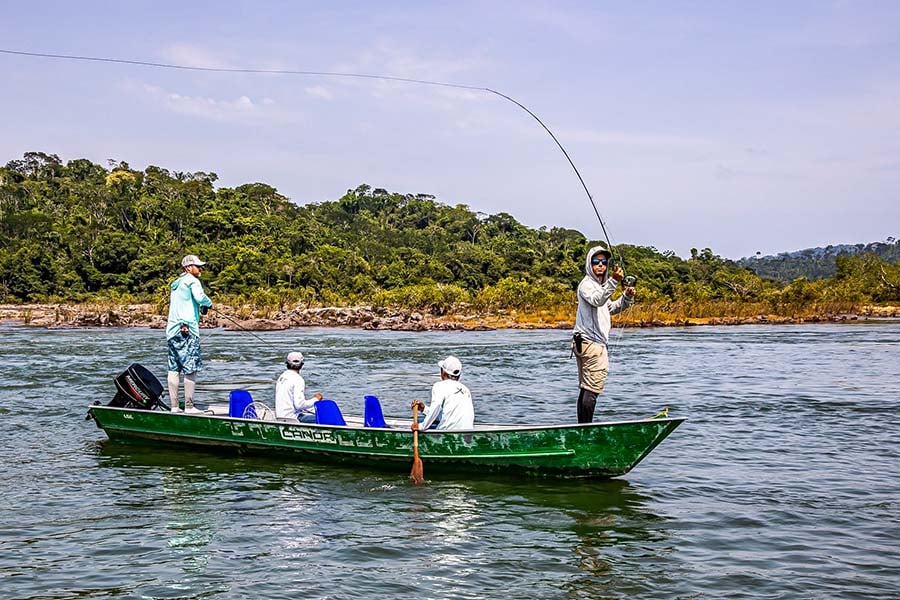

Preferring to live and hunt in deep runs below rapids and falls, unlike Peacock Bass and most other Amazon species, they are famed for their excellent eyesight and often shy away from a lure or fly at the last moment. With this in mind, low-light conditions are usually best, with heavily overcast days, early mornings and late afternoons producing the hottest bite. During these times of the day, they will often give away their location by rolling or busting on bait; when you find active fish, it’s best to stay in that spot and work it over until finding something that works.
With their fang-like teeth and super-aggressive nature, the strike can often be rapid, so it’s essential anglers are on the ball. However, their bony mouth can also be hard to hook, so a repeated strong hookset with a stiff rod is a must. A good quality reel with a smooth drag is also essential, as once you’re connected, they will make multiple runs and often leap clear of the water to try and throw the hook. Heavily dressed flies from 5 to 12 inches, tied on quality size 3/0 to 6/0 hooks, account for most fish.
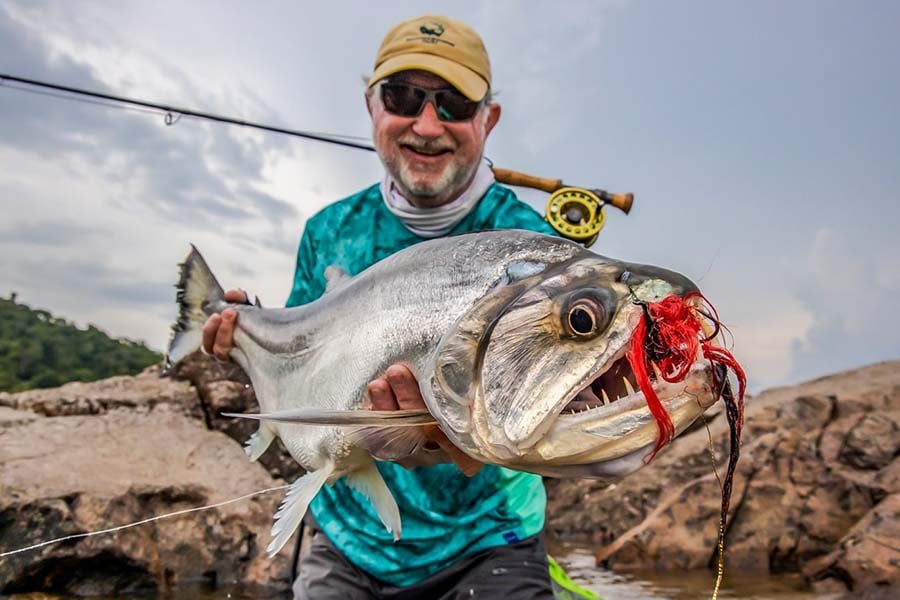

Contact US
If a Payara has always been a species on your bucket list, then we can help you tick it off. Our destinations in Brazil are considered some of the best in the world, with some incredible fishing opportunities. If you’d like to learn more or enquire about a trip, contact Peter Collingsworth on 01603 407596 or via email at peter@sportquestholidays.com.
